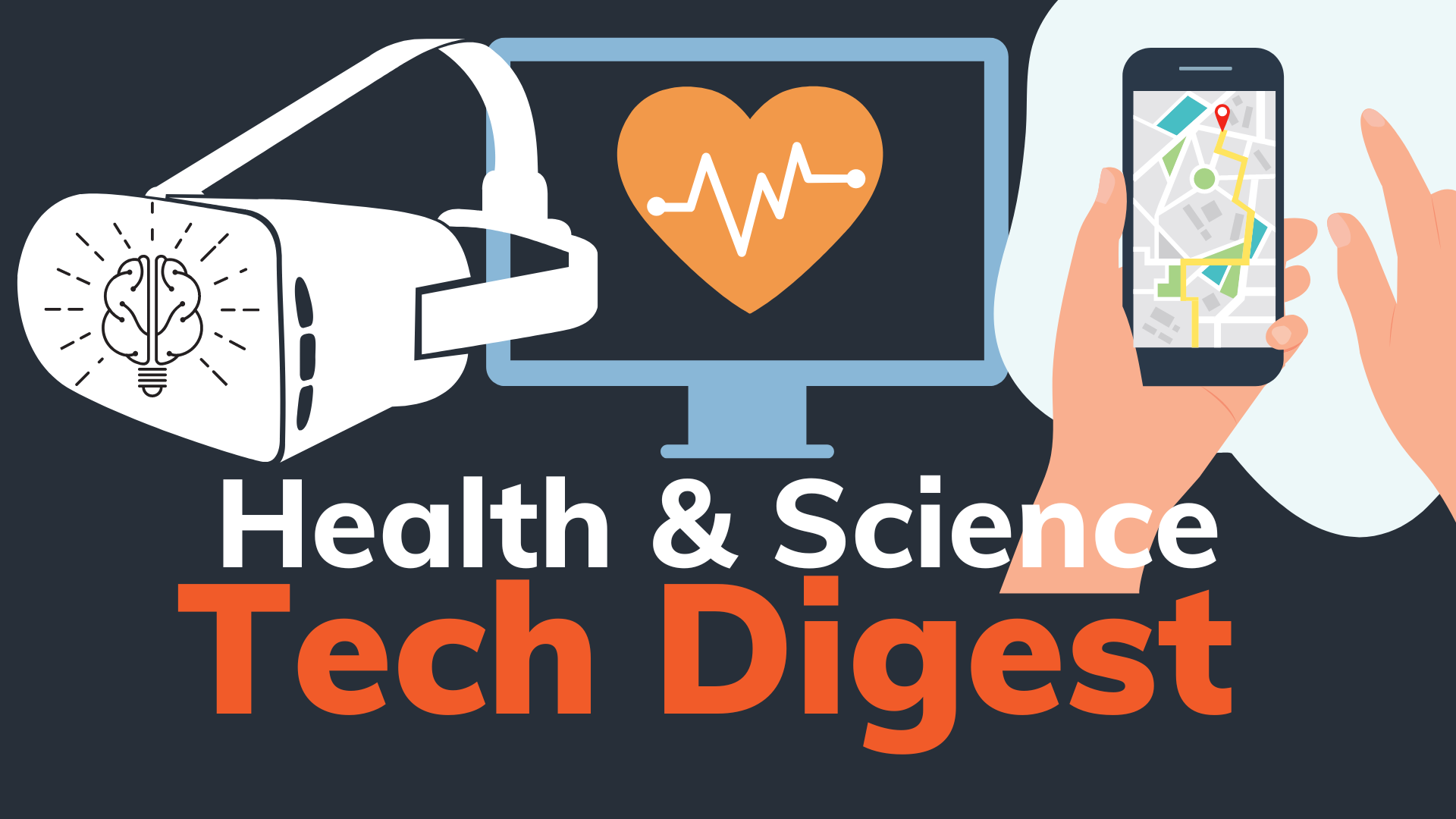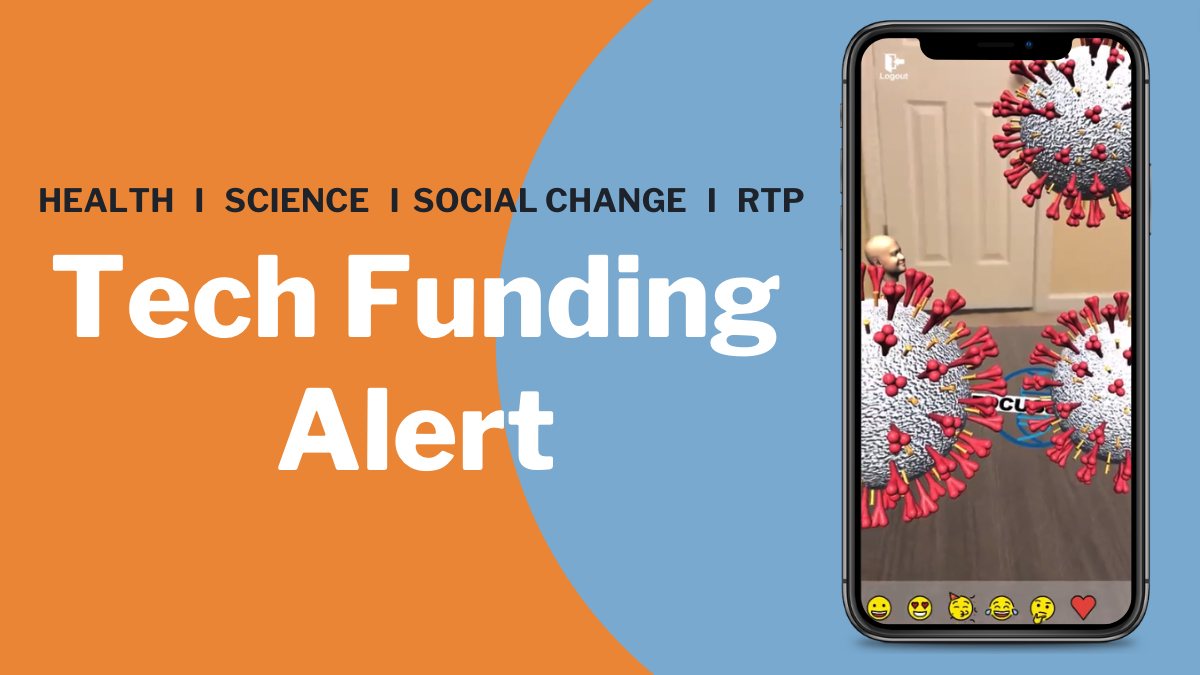The Haves and Have-Nots of AI
According to the silicon valley elite, the problems of the world will be solved by Artificial Intelligence (AI) and Machine Learning (ML). These companies live with massive data problems, huge data sets and lots of challenges that AI can help with. However, while these companies tout these technologies as the future in order to sell themselves as future thinking organizations, most companies without billion point datasets are searching for the real promise of an Artificial Intelligence: someone to help me do my work better.
Many of these promises are based on the fundamental technique most of these eye catching achievements are based on: the Neural Network. This technique- modeled after how the human brain processes information- was conceived in the 1940’s, and while there have been loads of improvements such as Convolutional Neural Networks and LSTM Networks, the thought that this technique will provide the promise of AI for all is naïveté.
Challenges of AI
Simple Neural Networks are based on the fact that the brain has neurons that can link together to form associations in the large amounts of input that the brain receives. They create pathways in their structure based on the data they are trained on and then can use the “knowledge” they have acquired to classify data quickly and at scale. The problem with this “learning” is that in the same way neuroscientists aren’t clear how neurons are organized to produce human thought, likewise Neural Networks can’t tell you why it came to the conclusion it did. In many ways, they are black boxes of promise that are like the most gifted savant that can do amazing feats but can’t carry on a simple conversation.
The other failure that generally comes to the surface when looking at Neural Networks is that they often handle contextual information poorly. For example, a network could correctly identify the objects in a scene, but may overlook abnormalities in context that make the scene remarkable or meaningful by humans. E.g. a neural network may identify a dog, cat, and mouse in a photo- but may overlook the novelty or humor found in the photo of a mouse standing on the cat, which in turn is standing on the dog. In real life, context is extremely important- especially across cultures. While there have been advances made in this area by researchers, the fundamental structure of the Neural Network makes this an uphill battle which Neural Networks might not be able to win.
When AI is Appropriate
For people like Google and Facebook, the human capital needed to process all of their data is impossible to provide. Facebook gets over 1,000,000,000 photos a day, and classifying and trying to provide context for these photos is something that an entire army of humans would never be able to do without bankrupting the company. If you are someone who has that kind of problem, then the current trend towards AI is right for you. However if you don’t have massive, curated, and clean training sets, don’t work with simple yes/no answers that need no explanation, or deal with the messy data scenarios that exist in the real world, these recent advancements in AI won’t help you solve all of your problems.
Beyond Neural Networks
The field of Artificial Intelligence has produced many techniques over the years to try to replicate human intelligence. Neural Networks have recently caused such an uproar in the field due to the proliferation of easily accessible processing power which has given these structures the equivalent of steroids in sports, letting them achieve super-human results with relatively little real talent. The more the titans of Silicon Valley put their heads in the sand and say that Neural Networks are the only way to go, the field will miss the fact that there has to be another shoe to drop in order for the goal of a real generalized artificial intelligence (where a single source of intelligence can learn across knowledge domains) to become a reality.
At the 2016 O’Reilly Artificial Intelligence conference, the contrast between the haves (Google, Facebook, Nvidia, etc.) and the have-nots (everyone else) was more apparent than ever. These companies are open sourcing platforms and technologies like TensorFlow and SyntaxNet- seemingly as a philanthropic endeavor- but neglecting to admit that the keys to unlocking the power of these platforms- the data- are still locked safely in their own data warehouses. Since Neural Networks require data to train, and this training is crucial to the impact they have on solving problems, these owners of large data sets can appear to be giving the keys to the kingdom to the world but are really just saving other “haves” the time of recreating the basic algorithms.
It was encouraging to hear Peter Norvig from Google- a man who literally wrote the book on AI- admit that there was something else that needed to come after the rise of Neural Networks begins to ebb. The main thrust of research in AI has to be focused on what is next rather than how we can optimize Neural Networks, which feels like just optimizing to a local maximum rather than the path to the end goal. Certainly Neural Networks will become part of the solution due to the fact that they are setup for handling certain processing challenges optimally (such as image processing and Natural Language Processing), but the weaknesses of not being able to explain their logic as well as their ineptitude in contextual knowledge make it hard to believe that it is the path that will lead us to real Artificial Intelligence.
What to Expect from Future AI Research
So what is the next path that AI research needs to go down? In my opinion, movements like Probabilistic Programming with BayesDB, structured systems like OpenCog that can incorporate multiple methods into one intelligence, knowledge representation tools like MindmapsDB and contextual understanding using systems like Cortical.io’s Semantic Fingerprinting are places to look because they go beyond Neural Networks and use other techniques that allow for generalization of knowledge. Whatever it is, my intuition is that it will be a convergence of multiple techniques and tools rather than one silver bullet which finally slays the mythical beast of generalized artificial intelligence. Until that time comes, those of us “have-nots” should tread carefully when considering AI-based solutions; make sure that the problems you are trying to solve with AI are appropriate for the limits of the technology. And if you don’t have the training data to solve a problem you know is right for AI, start collecting that data today.
Follow our latest thoughts by signing-up for the CrossComm newsletter below or on Twitter @CrossCommm.



